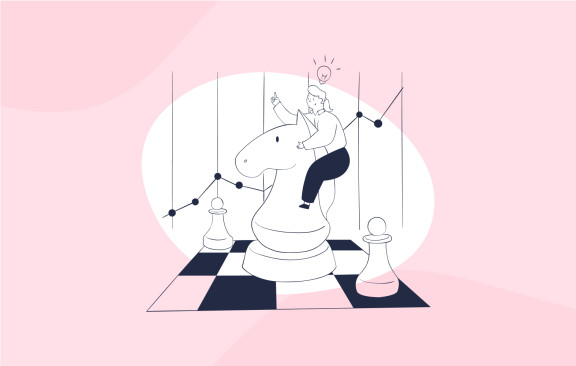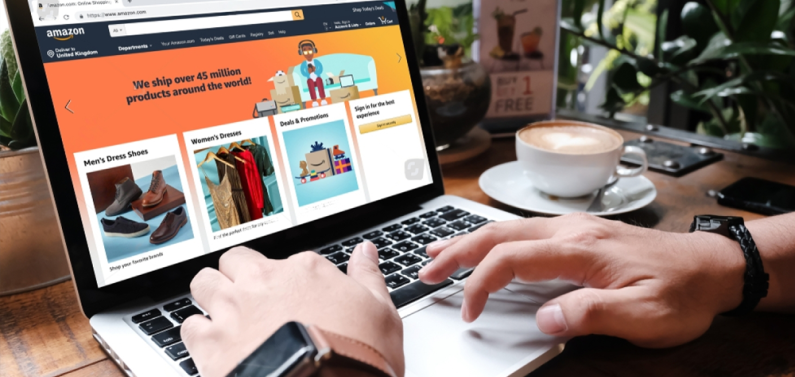Wouldn’t you love to know the psychology of successful selling? You can learn and understand basic principles that shape human behavior and then utilize those to motivate customers to buy.
Many sellers forget that their customers are human beings. Websites and promotions are created without taking psychology into consideration. So if you want your online sales efforts to be successful, you need to understand the psychological principles that encourage people to buy.
Obviously, people have a variety of motivations for their behaviors, but there are a few principles that will make individuals more likely to click the “buy” button. If you can understand those principles and put them to work online, you can increase the chances of a purchase.
Let’s look at a few of these ideas and show you where to begin your understanding of the psychology of sales.
Psychological factors that can motivate a customer to buy
Here are a few factors that can influence a customer to make a purchase:
Instant gratification/speed
People hate to wait, because their time is limited. Most people associate waiting with boredom and frustration. If you can provide an instant reward or a faster transaction, the person is more likely to buy. McDonald’s became the world’s most popular eatery by providing food quickly.
Words such as "instant," "fast," "immediately," and "quick" can create an impression of speed. One way to utilize this principle is to provide cash back or an instant discount.
A discount strategy can effectively satisfy the instant gratification that buyers seek by creating a sense of urgency and excitement around making a purchase. When customers encounter a limited-time discount or a special offer, they experience a surge of excitement and a desire to seize the opportunity before it's gone.
This triggers their innate need for instant gratification, prompting them to make the purchase without delay to secure the discounted price or deal. By strategically timing and promoting discounts, sellers can tap into this psychological impulse, use this effective discount strategy, and encourage customers to satisfy their desire for immediate rewards through a purchase, ultimately driving sales and enhancing customer satisfaction.
Something for nothing/cleverness
Most customers like to believe they are smarter than others. They derive satisfaction when they feel good about a bargain. Offers such as a “free gift with purchase” or “free shipping” provide this fulfillment for them.
Coupons work in much the same way. The buyers get a bargain at the expense of the seller. This also helps them overcome the guilt of making a questionable purchase because they saved money.
Reciprocity
Free offers also employ this psychological principle. Many people feel obligated to repay the free offer with a purchase. A buyer might order additional goods in order to make up for the saved shipping costs. Calling an offer a “gift” can help invoke this principle, because most people want to reciprocate a gift.
Commitment
One of the best ways to encourage a sale is to get a person to invest time or effort in the transaction. This is why car salespeople encourage you to spend as much time as you want on their lots. They know that the longer you stay, the more likely you are to buy.
Again, coupons work in a similar way: Taking the time to download and print or clip a coupon commits a customer to buying. If you can get customers to spend more time at your site, they’ll be invested in it and more likely to buy.
Likeability
Apple, Amazon.com, and Disney have become giant companies because people like their products and services. Associating products and services with positive emotions can make them likeable. Adding humor to your advertising is one way to do this.
You can post pictures of cute children or pets or a pleasant landscape that will work in much the same way. One way to make the customer like you is to show you are a human being. Simply post some pictures of you, your family, or your pets at your online store. This shows that you are a person, just like your customers are, rather than a faceless website.
Psychological factors that can drive buyers away
It’s also a good idea for you to remember that some factors drive customers away. Understanding these can keep you from sabotaging your sales efforts.
Here are some examples of these customer repellents:
Dishonesty and lack of trust
If a buyer believes that she is being tricked, she will not commit to a purchase. Many sellers convey dishonesty by posting inaccurate prices or not mentioning the total cost of the transaction. Others make offers they cannot fulfill or provide inaccurate product descriptions.
Over-emphasizing price
One of the biggest mistakes sellers make is to stress the price too much. Reminding customers of the price enforces the idea that they are spending money, and this gives them a reason not to buy. Instead of the money saved, the customer sees the money spent by investing in the product.
Emphasizing an extremely low price can also make the buyer suspicious or skeptical. The customer might think there is something wrong with the product because of the low cost. Emphasize the product first, then the price.
Urgency/Rushing
Rushing the customer to make a snap decision almost always backfires for three reasons. First, it makes the customer uncomfortable, which motivates him to leave or look elsewhere. Second, rushing gives the customer an excuse to say no. Third, it makes people feel they are not in control. In a successful sale, customers need to feel that they made the decision.
The difference between rushing and instant gratification is that the customer made the decision in instant gratification.
Not emphasizing the benefits
Far too many sellers fail to tell the customer what the product can do. Instead, they emphasize price, which raises the issue of money—something the customer wants to keep. You can tell the customer the benefit that the product will offer him. A customer is more likely to buy the best-tasting candy bar than the cheapest.
Best-tasting implies quality and a specific benefit that the customer is worth the indulgence, while cheapest simply implies that it is cheap.
Information overload
Giving the customer too many choices or too much data gives the customer an excuse not to buy. Large amounts of information make people uncomfortable. Customers are more likely to respond to a well-designed website that makes a few simple points about a product’s benefits than one that presents several pages of scientific data.
Likewise, a customer is more likely to buy a product if he is not presented with a large inventory. Don’t overwhelm the buyer.
These basic psychological principles are only a brief overview of sales psychology. But now that you better understand the buyers’ psychology, you can direct your website to engage and motivate them to purchase your product.











